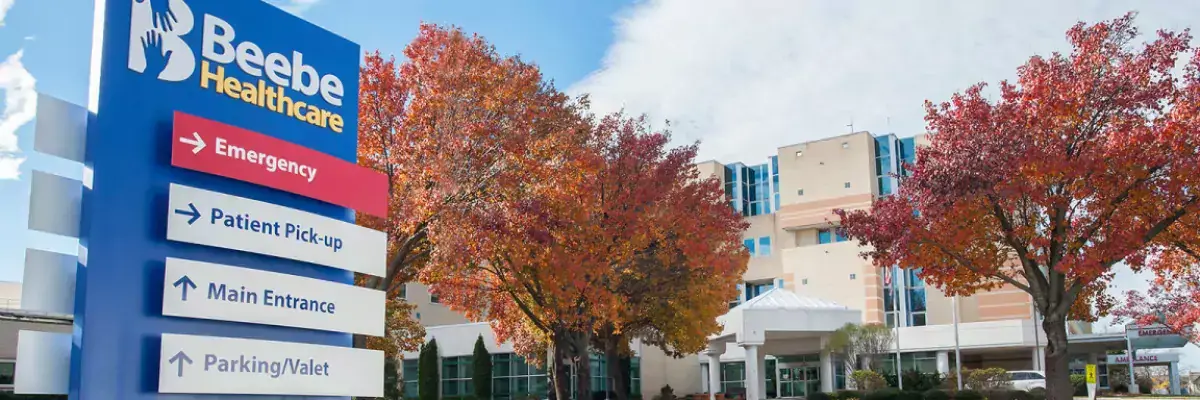Dr. Richards: This October, Don’t Ignore Your Breast Health

Every October, we recognize Breast Cancer Awareness Month. During the COVID-19 pandemic, we know that people have skipped mammograms and other appointments.
The American Cancer Society reports that as many as 1 in every 8 women in the United States will develop breast cancer at some time in her life.
Why is this so important? Women diagnosed in early stages of the cancer have a better chance of long-term survival than in later stages when it has spread, which is why annual check-ups and screenings are critical so that treatment can be initiated as early as possible.
Here’s what you need to know and some key questions that we commonly answer.
Who should have regular mammograms and how often?
Every woman who is 40 years or older and is in good health should have a mammogram every year. It’s important because it allows you the opportunity to find a cancer when it is still small before you’re able to feel it.
Multiple large, well-done studies show that having a mammogram every year reduces risk of dying of breast cancer by 25 percent, and women need to know that mammography saves lives. A few women express concerns about radiation exposure in mammography, but you should know the exposure is minimal, and safe. Actually, it’s 1/100 of the maximum allowable radiation dose for a person each year.
Mammograms remain the gold standard to finding breast cancer at its earliest stage.
Why are self-exams important?
Breast self-exams, or regularly examining your breasts on your own, can be an important way to find a breast cancer early, when it’s more likely to be treated successfully.
While no single test can detect all breast cancers early, performing breast self-exams in combination with other screening methods can increase the odds of early detection.
However, know that breast self-exams are just one way to keep an understanding of the shape and make-up of your breast. In recent years, there has been concern that breast self-exams cause women to unnecessarily worry or visit their doctor with concerns. It is best to use breast self-exams in partnership with mammograms and regular check-ups with your provider.
What does a breast lump feel like?
Women's breasts are all different. During women’s cycles and over time, breasts can change. Some women have dense and lumpy breasts naturally. This does not mean she has breast cancer. This is why having a good understanding of what your breasts normally feel like will help you understand when something changes or something new develops.
If you do notice a change in your breasts, talk to your provider immediately. It is likely a mammogram or ultrasound or both will be recommended in order to diagnose if there is a concern.
Talk to your care provider immediately if you notice:
- a lump, hard knot, or thickening inside the breast or underarm area
- swelling, warmth, redness or darkening of the breast
- change in the size or shape of the breast
- dimpling or puckering of the skin
- itchy, scaly sore or rash on the nipple
- pulling in of your nipple or other parts of the breast
- nipple discharge that starts suddenly
- or new pain in one spot that doesn’t go away.
Beebe’s Center for Breast Health doesn’t just focus on treatment but on prevention, too. Visit our website for a wealth of information, including risk factors.
Matthew Richards, MD, is a board certified surgeon who joins Beebe Healthcare following completion of a comprehensive breast surgical oncology fellowship at ChristianaCare Health System. Working in the Helen F. Graham Cancer Center, he collaborated with radiation and medical oncologists, pathologists, genetic specialists, and plastic surgeons to provide integrated, multi-disciplinary care for patients through their journey of breast cancer treatment. In tandem, Dr. Richards devoted much time to clinical research, with particular interest in triple negative breast cancer, breast cancer screening, and care for transgender patients.




